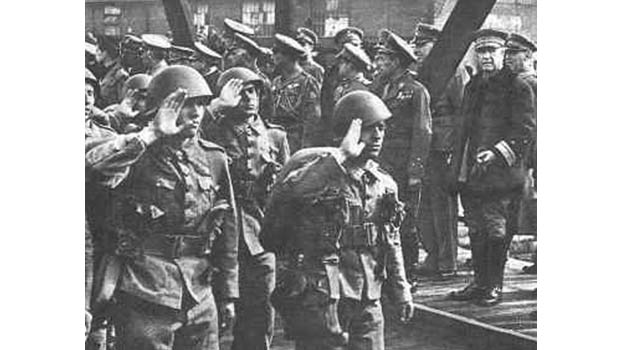This Day In History
Germany declares war on Portugal

On March 9, 1916, Germany declares war on Portugal, who earlier that year honored its alliance with Great Britain by seizing German ships anchored in Lisbon’s harbor.
Portugal became a republic in 1910 after a revolution led by the country’s military toppled King Manuel II (his father, King Carlos, and elder brother had been assassinated two years earlier). A liberal constitution was enacted in 1911, and Manuel JosÉ de Arriaga was elected as the republic’s first president.
With the outbreak of World War I in 1914, Portugal became increasingly anxious about the security of its colonial holdings in Angola and Mozambique. In order to secure international support for its authority in Africa, Portugal entered the war on the side of Britain and the Allies. Its participation was at first limited to naval support. In February 1917, however, Portugal sent its first troops—an expeditionary force of 50,000 men—to the Western Front. They saw action for the first time in Belgium on June 17 of that year.
One notable battle in which Portuguese forces took part was the Battle of Lys, near the Lys River in the Flanders region of Belgium, in April 1918. It was part of the major German offensive—the last of the war—launched that spring on the Western Front. During that battle, one Portuguese division of troops was struck hard by four German divisions; the preliminary shelling alone was so heavy that one Portuguese battalion refused to push forward into the trenches.
All told, the victorious Germans took more than 6,000 prisoners in that conflict and were able to push through enemy lines along a three-and-a-half mile stretch. By the time World War I ended, a total of 7,000 Portuguese soldiers had died in combat. —History




